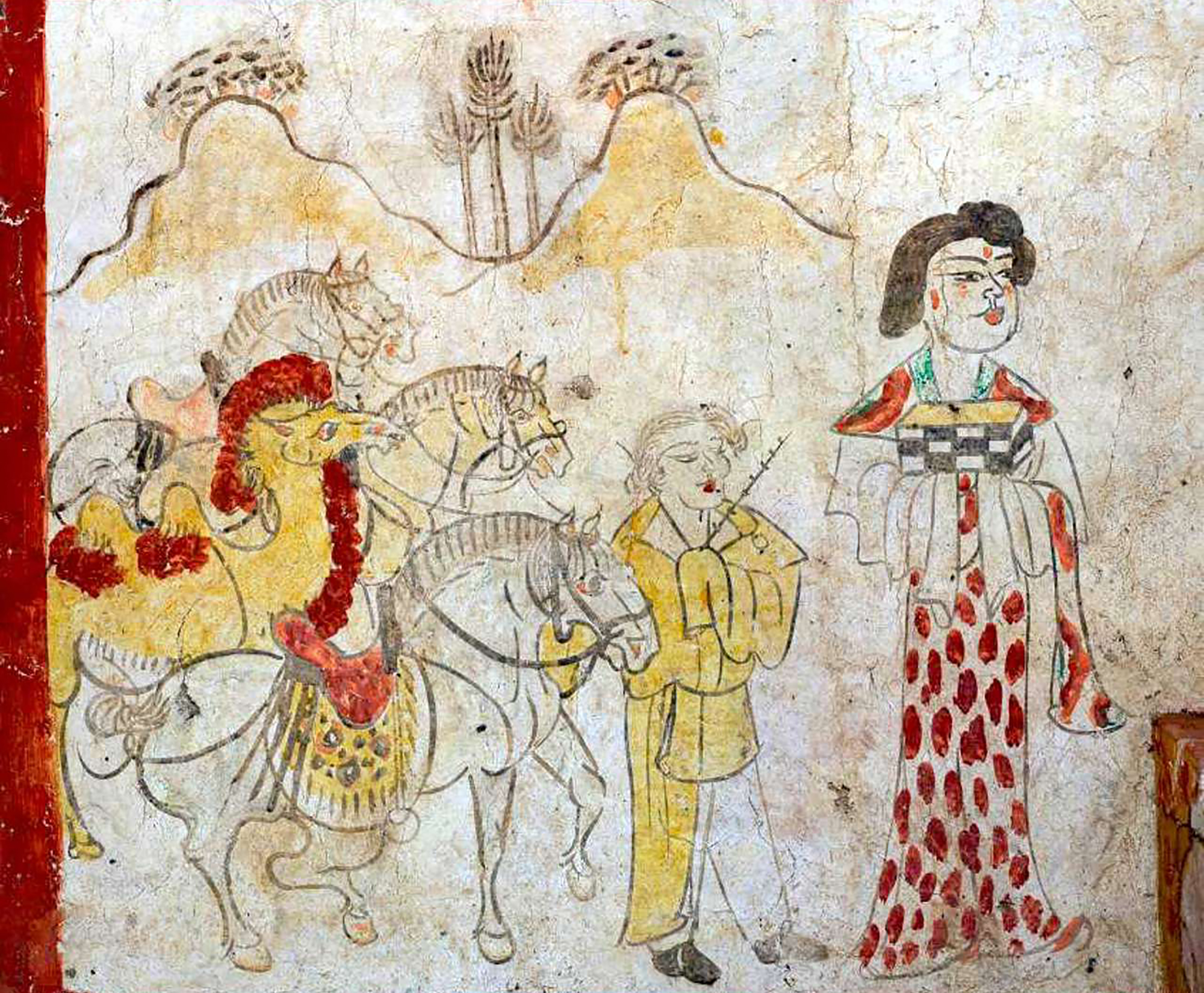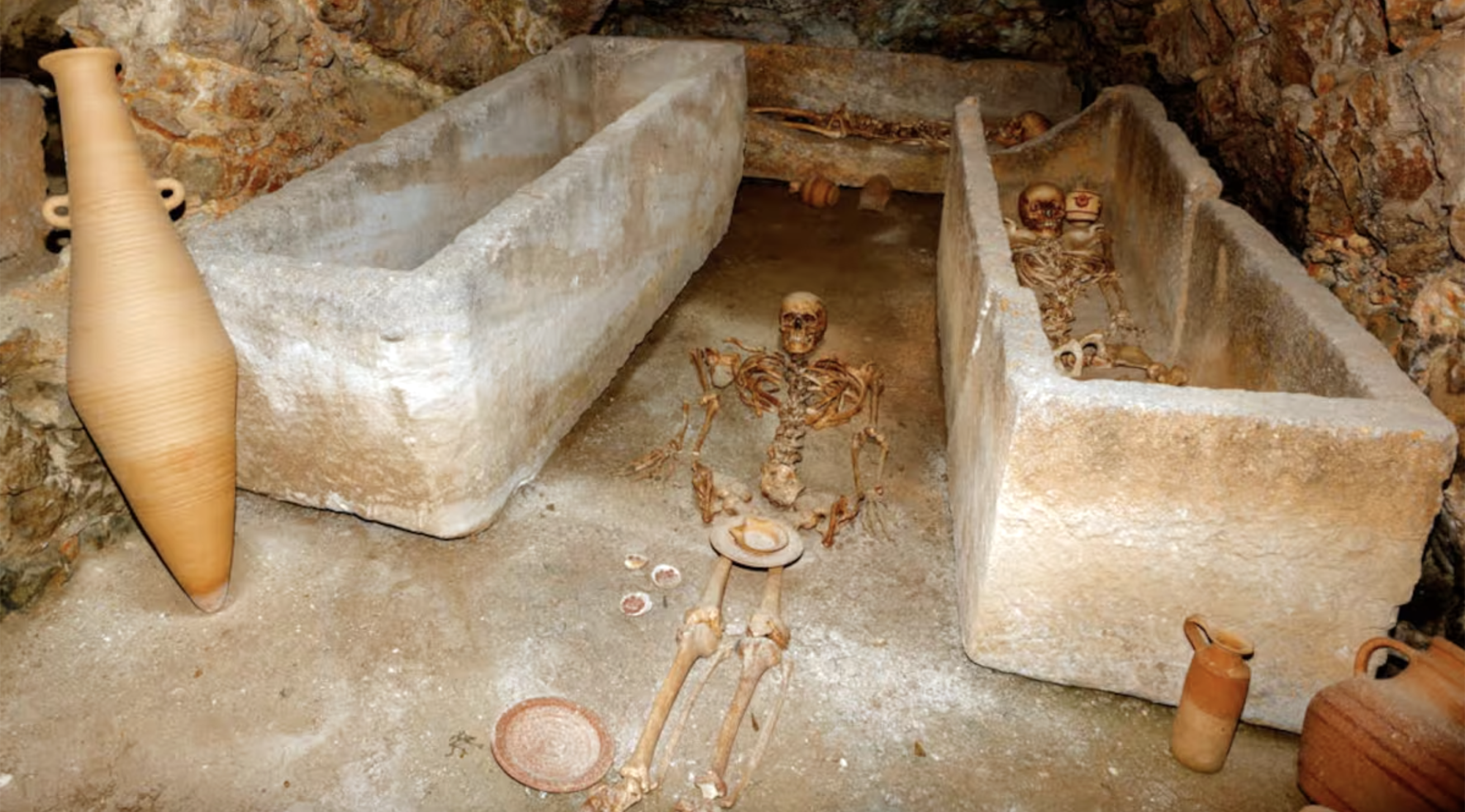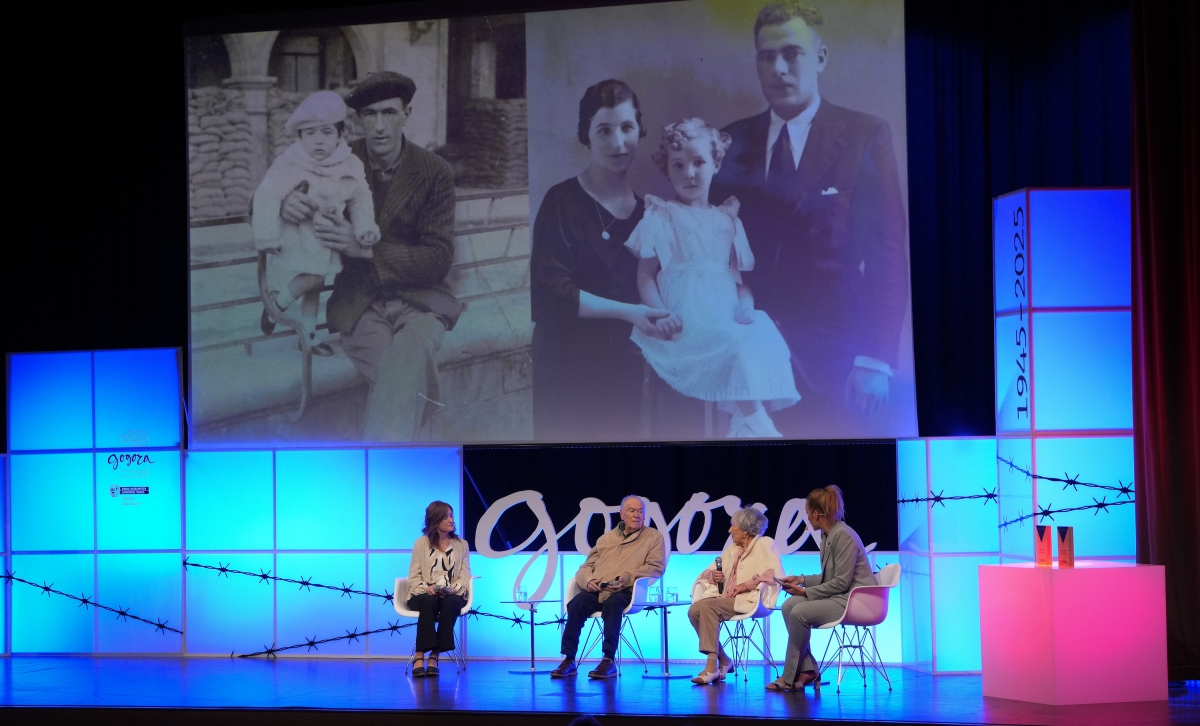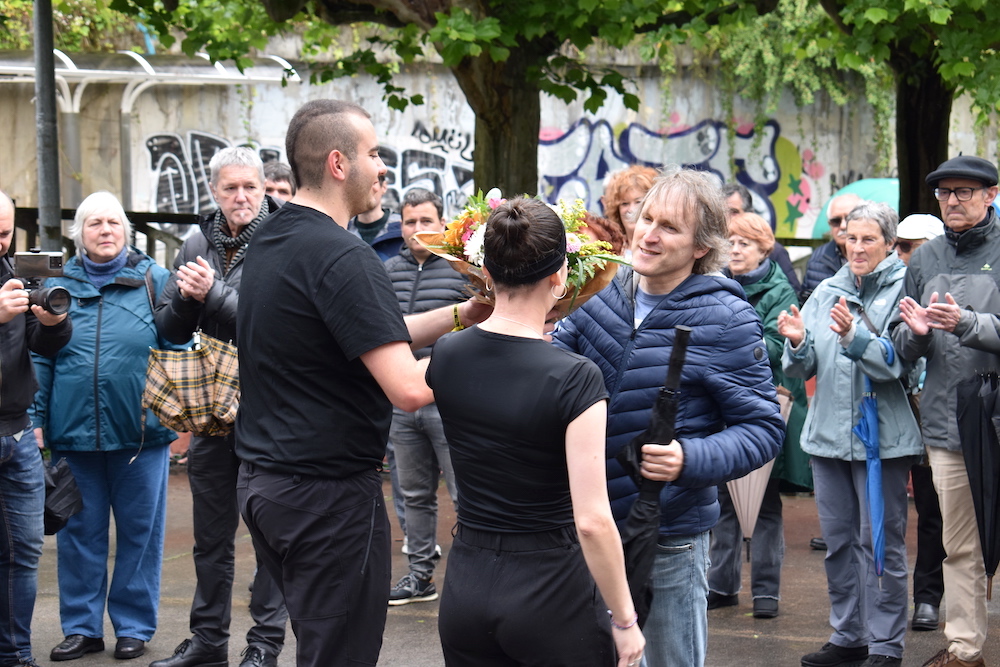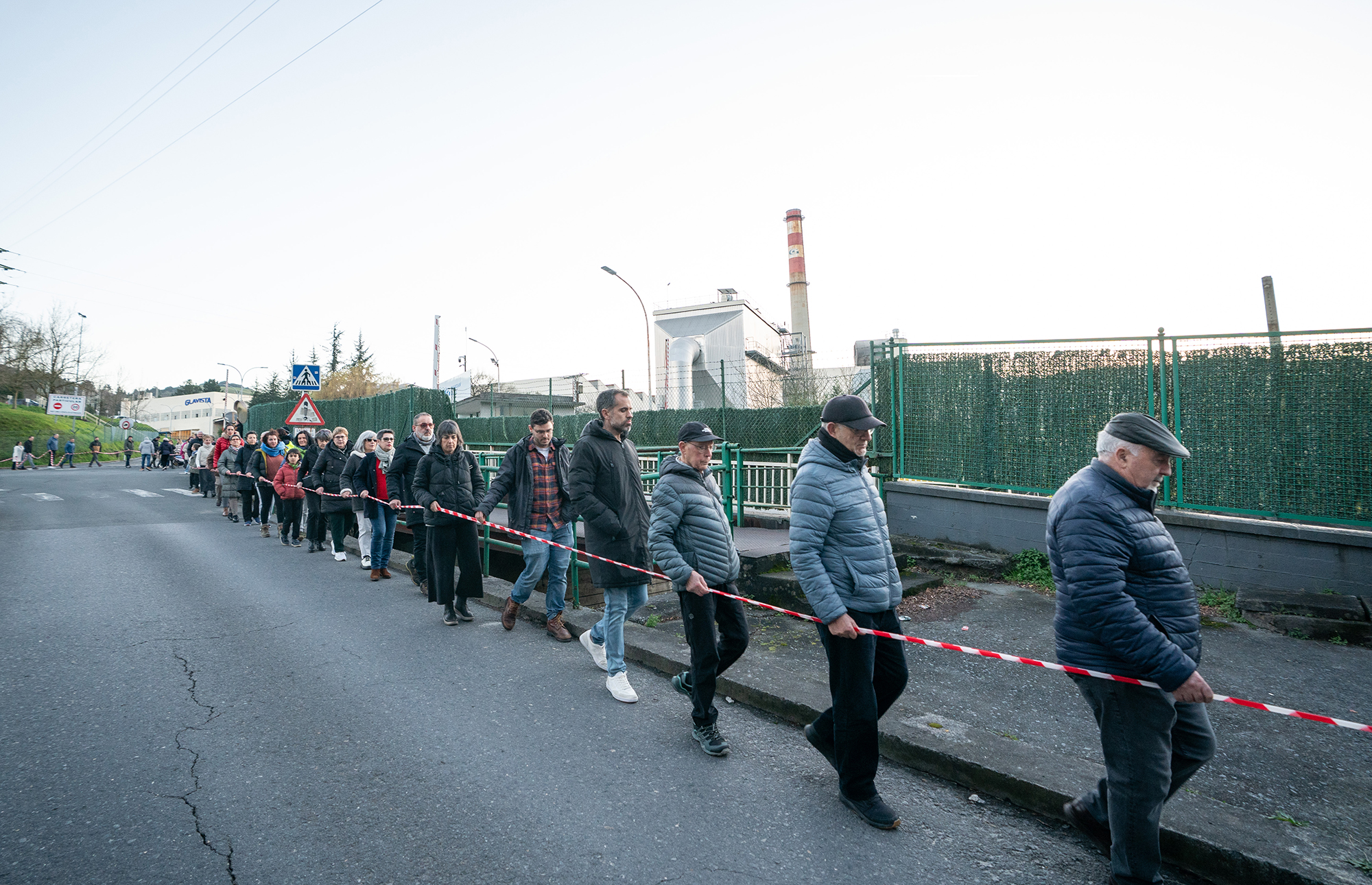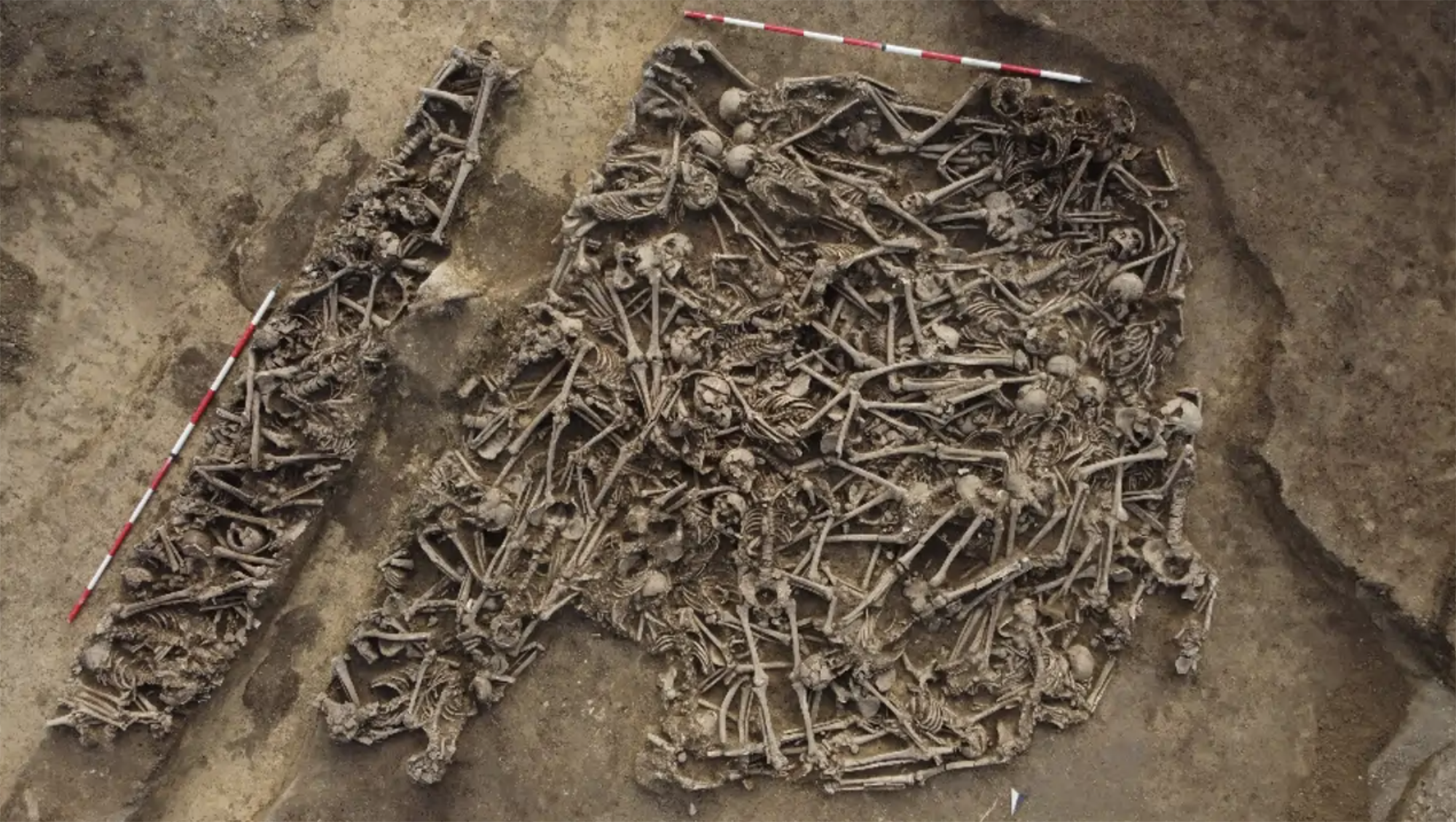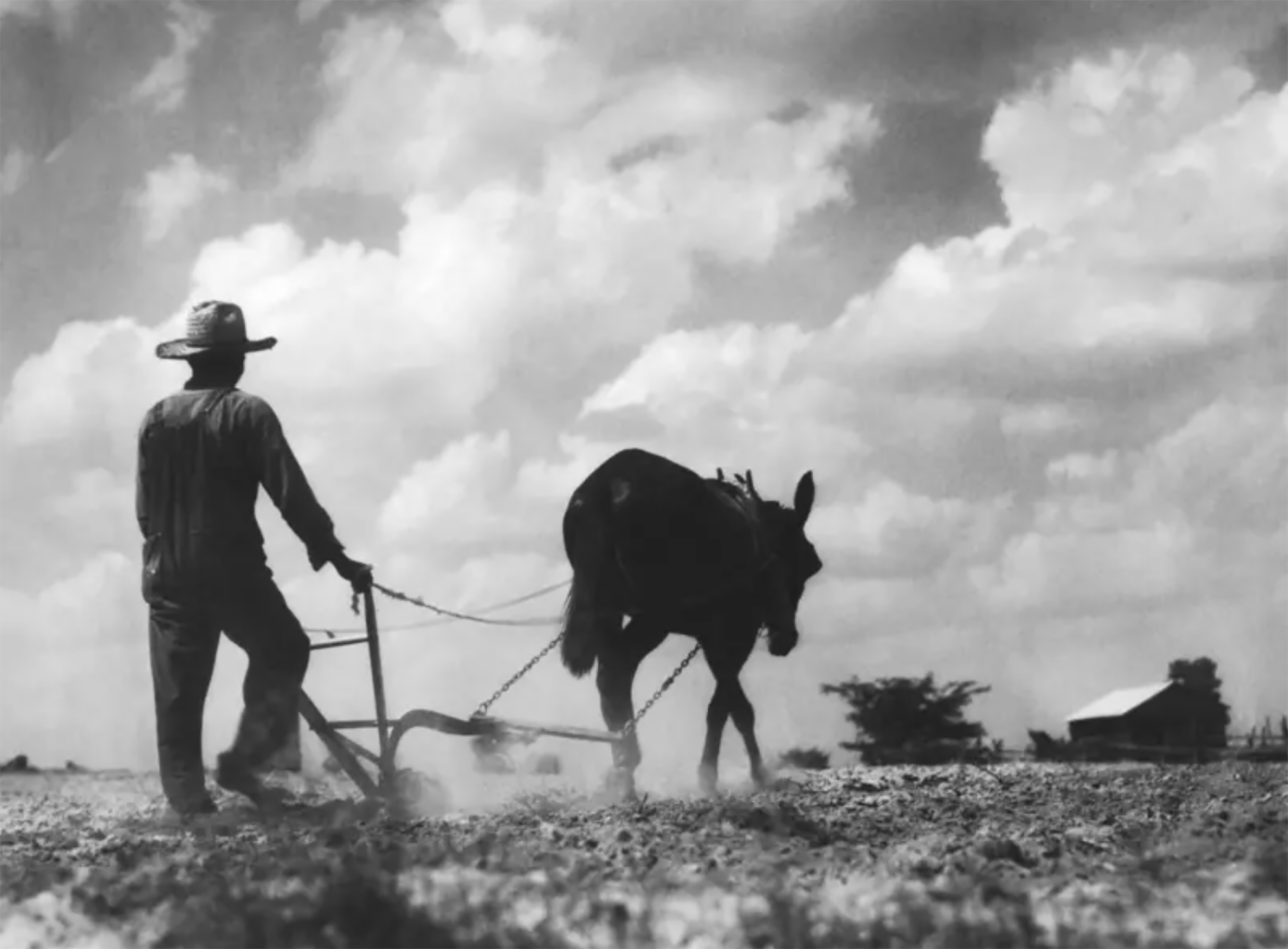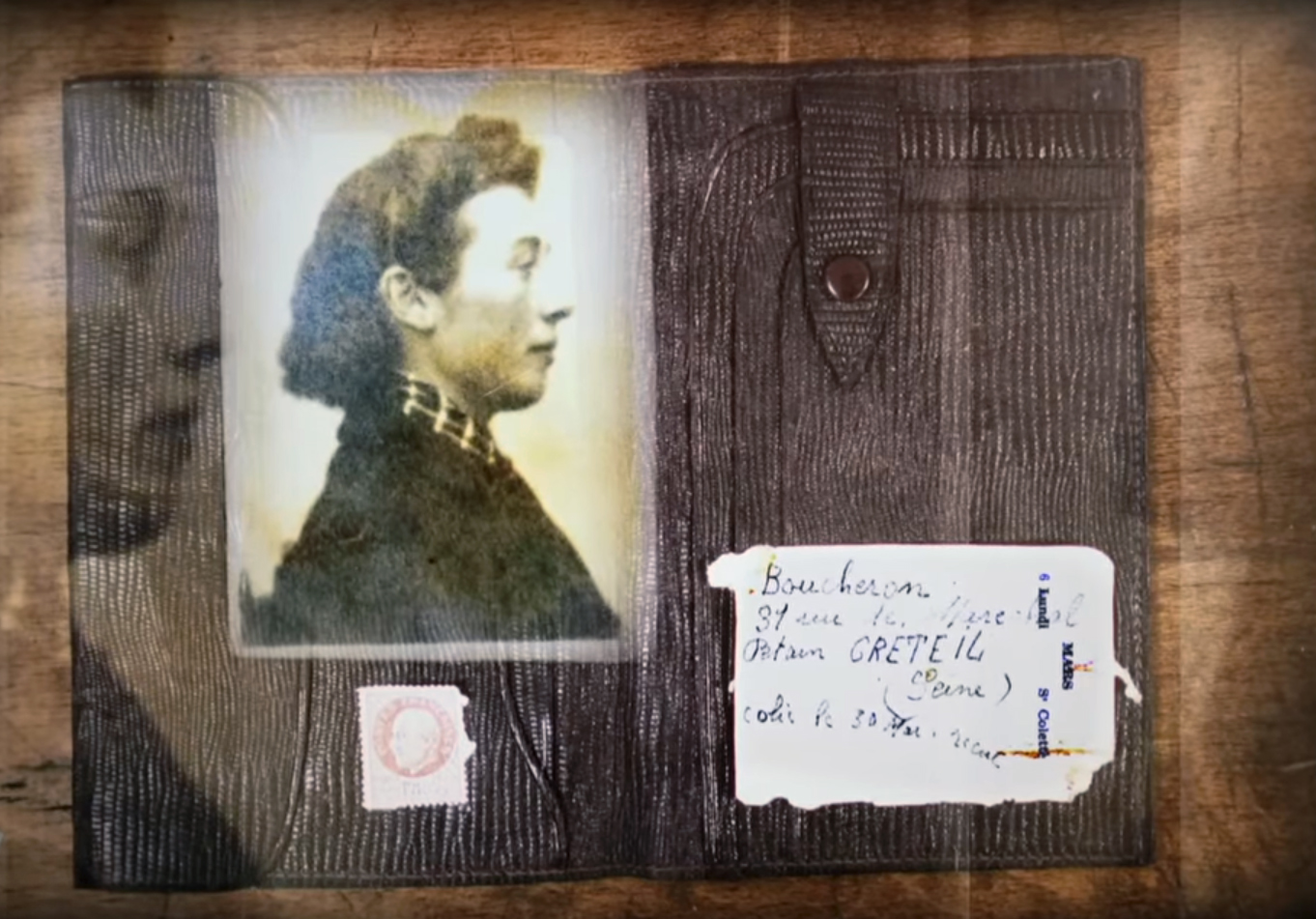Manuela Saenz Aizpuru, Askatzailearen Askatzaile

Quito, 1822ko ekainaren 16a. Simon Bolivar, Hego Amerikaren Askatzailea, garaile sartu zen Ekuadorreko hirian. Jendetzaren artetik, neska gazte batek arrosazko eta ereinotzezko koroa bota zion eta jaurtiketa ederki doitu zuen, Bolivarren besoetara iritsi baitzen lore-sorta. Bolivarrek eta Manuela Saenz Aizpuruk topo egin zuten lehen aldia izan zen hura. Bigarren aldian, Askatzaileak, lehen elkartze hura gogoan, zera esan omen zion Manuelari: “Anderea, nire soldaduek zuk duzun tiro trebetasuna balute, dagoeneko Espainiari gerra irabaziko genion”. Handik aurrera eta Bolivar hil artean (1830), Manuela haren bikotekide izango zen, gerran nahiz amodioan.
Manuelaren aita, Simon Saenz Vergara burgostarra, Juana Maria del Campo Larraondo jatorri bizkaitarreko oinordeko aberatsarekin ezkondu zen 1781ean. Urte batzuk geroago Joaquina de Aizpuru kreolearekin maitasun-harreman bat izan zuen eta horren ondorioz, 1797an Manuela Saenz Aizpuru jaio zen Quiton. Ama erditzean hil omen zitzaion; beste iturri batzuen arabera, haurrak bi urte zituenean hil zen. Amaordeak sasikoa zelako baztertuta, Quitoko Santa Katalina komentuan hartu zuten.
17 urte zituela komentutik ihes egin zuen, baina gertakariaz ezer gutxi dakigu eta Manuela bera ere ez zuen gertatutakoari buruzko xehetasunak emateko zale; dirudienez, Fausto D’Elhuyarrek –Juan Jose Elhuyarren iloba eta Fausto Elhuyarren semea– seduzitu eta berehala bazterrera utzi zuen neskatoa. 1817an, 20 urte zituela, James Thorne mediku ingeles dirudunarekin ezkondu zen, aurrez aitak hala itunduta zeukalako. Baina horrek ez zuen geldiarazi Bolivarrekin batera borrokara joateko orduan.
1828ko irailaren 25ean Bolivarren etsaiak San Karlos jauregira (Santa Fe de Bogotá, Kolonbia) hurbildu ziren, buruzagia hiltzeko helburuarekin. Manuela haien asmoez jabetu zen eta erasotzaileak entretenitzea lortu zuen. Bolivarri leihotik ihes egiteko aukera eman eta, hala, bizia salbatu zion. Horregatik La Libertadora del Libertador (Askatzailearen Askatzailea) ezizena ipini zioten. Baina horrek ez du esan nahi Manuelak merezitako onarpena jaso zuenik. Alderantziz. San Karlos jauregian plaka bat ipini zuten gertakariaren oroimenez, baina idazkunean Manuelaren izena ez da aipatu ere egiten. Historialari batzuek Bolivarren itzaleko osagarri erromantiko huts gisa deskribatu dute. Beste batzuek elezahar sexual iluna sortu dute haren inguruan, Manuelaren jarrera ireki, aurrerakoi eta probokatzaileak gaitzituta. Baina azken hamarkadetako errebisionismoari esker, Saenz Aizpuruk independentziaren heroi gisa jokatutako rola azpimarratzen duten lanak argitaratu dira, eta Hego Amerikako feminismoaren aitzindaritzat ere jotzen dute.
Bolivar hil eta gero, Manuelak tabakoa saltzen, baleontzientzat idazkiak ingelesera itzultzen eta enkarguzko brodatuak eta gozokiak eginez lortu zuen bizibidea, 1856ko azaroaren 23an difteriak jota hil zen arte.
In the Chinese province of Shanxi, in a tomb of the Tang dynasty, paintings depicting scenes from the daily lives of the dead are found. In one of these scenes a blonde man appears. Looking at the color of the hair and the facial expression, archaeologists who have studied the... [+]
Carthage, from B.C. Around the 814. The Phoenicians founded a colony and the dominant civilization in the eastern Mediterranean spread to the west. Two and a half centuries later, with the decline of the Phoenician metropolis of Tyre, Carthage became independent and its... [+]
Salvador Puig Antich frankismoaren kontrako militantea izan zen. Askapen Mugimendu Iberikoko kidea, 1973ko irailaren 25ean atxilotu zuten. Gerra-kontseilua egin zioten, eta garrotez exekutatu zuten handik sei hilabetera, 1974ko martxoaren 2an. Aurtengo otsailean baliogabetu du... [+]
Rudolf Botha hizkuntzalari hegoafrikarrak hipotesi bat bota berri du Homo erectus-i buruz: espezieak ahozko komunikazio moduren bat garatu zuen duela milioi bat urte baino gehiago. Homo sapiens-a da, dakigunez, hitz egiteko gai den espezie bakarra eta, beraz, hortik... [+]
Böblingen, Holy Roman Empire, 12 May 1525. Georg Truchsess von Waldburg overthrew the Württemberg insurgent peasants. Three days later, on 15 May, Philip of Hesse and the Duke of Saxony joined forces to crush the Thuringian rebels in Frankenhausen, killing some 5,000 peasants... [+]
During the renovation of a sports field in the Simmering district of Vienna, a mass grave with 150 bodies was discovered in October 2024. They conclude that they were Roman legionnaires and A.D. They died around 100 years ago. Or rather, they were killed.
The bodies were buried... [+]
Washington, D.C., June 17, 1930. The U.S. Congress passed the Tariff Act. It is also known as the Smoot-Hawley Act because it was promoted by Senator Reed Smoot and Representative Willis Hawley.
The law raised import tax limits for about 900 products by 40% to 60% in order to... [+]











